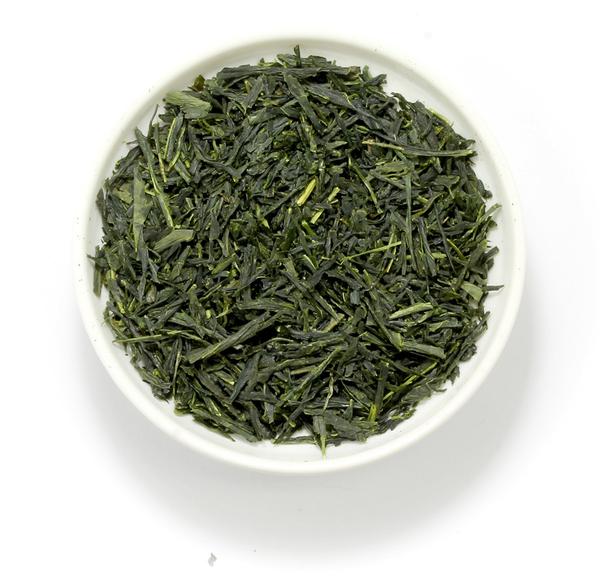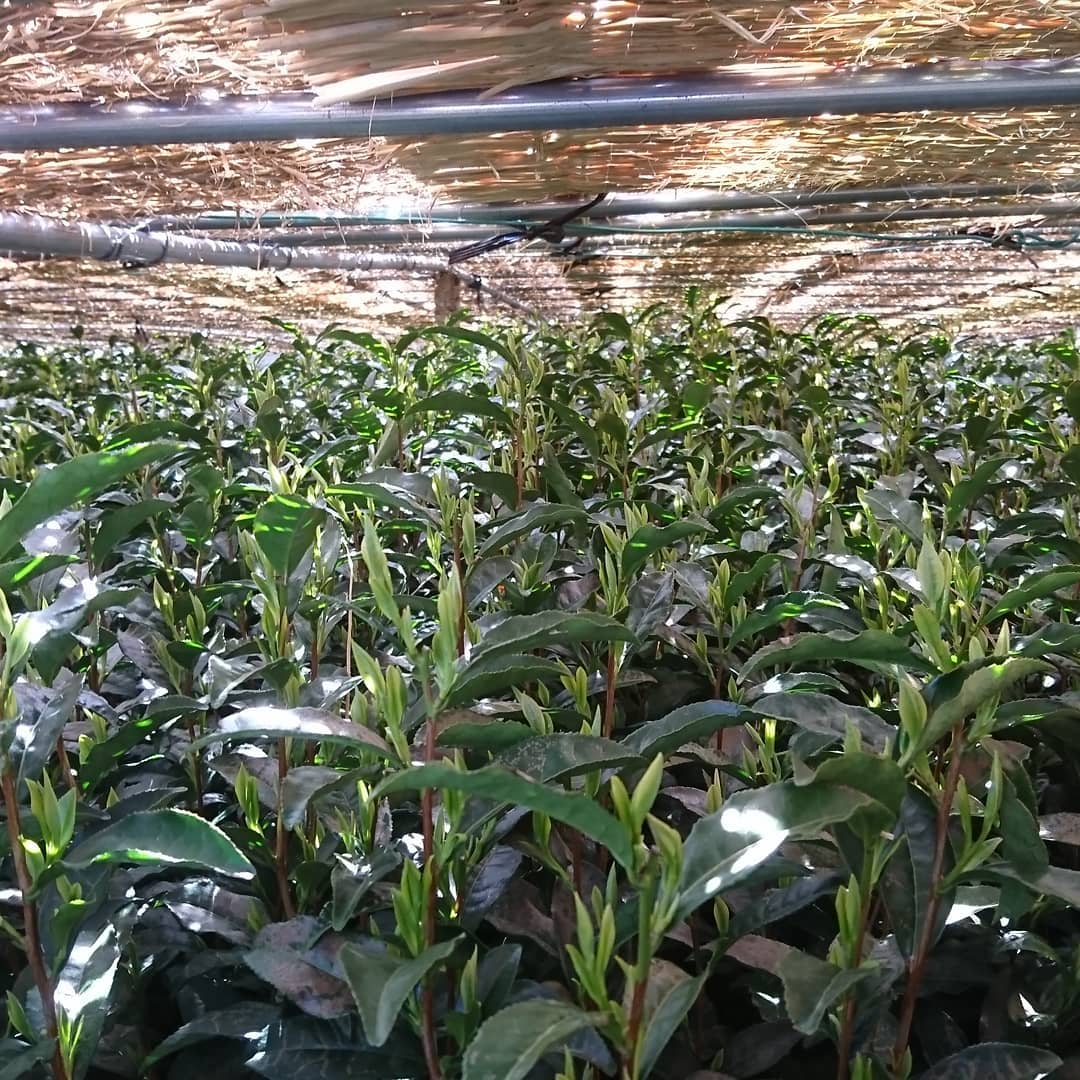Yunomi.Dojo Studio Lesson - 103 - Shaded Teas
Yunomi.Dojo Studio Lesson - 103 - Shaded Teas - Studio Lesson (in-person; ignore Google Meet link) <-- Out of stock. PREORDER NOW. In general, procurement time is 2-4 weeks (matcha may take 2-6 months). Repacking is possible if a larger size is available (1-2 weeks).
Couldn't load pickup availability
If item is out of stock, add it to your wishlist to be notified by email as soon as item can be purchased.
Shipping Methods & Delivery Guarantee
Shipping Methods & Delivery Guarantee
Shipping fees vary by country, courier, and method. Place items into your inventory and go to the CART page to see the shipping estimate calculator. For some countries, we may need to manually calculate fees after purchase.
YUNOMI.LIFE'S DELIVERY GUARANTEE: We guarantee delivery for all orders shipped by airmail with a tracking number. (Conditions apply. Exceptions when notified.) Occasionally, orders may require additional customs processing for import. We will aid you to the fullest extent of our ability. If your order does not arrive within ONE month from shipment due to no fault of your own, we will replace or refund your order at no extra cost. We reserve the right to refuse shipment if we think delivery to your address may be difficult. This guarantee does not apply if recipient neglects or refuses to pay customs fees & import taxes, neglects to retrieve an order held at a post office or distribution center, or if the order is not deliverable due to a wrong address. Yunomi.life's Delivery Guarantee does not apply to wholesale purchases.
You can do this lesson without purchasing this particular product, but with any tea. However, in this lesson specifically we want you to experiment with the five parameters of steeping to learn how each might affect the flavor your extract from the leaf.
The Set includes:
- 2 x 10 grams of an unshaded sencha
- 2 x 10 grams of Kabusecha
- 2 x 10 grams of Gyokuro
Note: May not be the same tea leaves pictured in the photos.
Five Factors
- water type
- water amount
- water temperature
- tea leaf amount
- steeping time
There are five factors that you control to determine the type of green tea you can create given a certain tea leaf: the amount of tea leaf, the amount of time you steep that leaf, and the type, amount, and temperature of the water you use.
Water type is mainly related to the mineral content of the water, or the water hardness. This will affect the taste of the tea as well, with soft water generally recommended for Japanese teas. In many countries, bottled water products often have the hardness of the water listed in small print on the back label along with the pH balance. Testing various water types is an interesting experiment.
The amount of tea leaf and water you use are inversely proportional and determine the strength of your tea. Use more tea leaf or less water for stronger tea, more water and less leaf for weaker tea.
Steeping time also affects the strength of the flavor, a longer steeping time resulting in a stronger flavor.
Finally, water temperature affects a Japanese green tea leaf in a very interesting way. At cooler temperatures, sweet and umami flavors (caused mainly by theanine amino acids) are extracted from the leaf while at hot temperatures these flavors are extracted along with bitter and astringent flavors caused mainly by chemical compounds called catechins (which are also antioxidants).The lesson: Steeping time & water temperature
Controlling these factors while experimenting with one component is the perfect way to learn how to steep tea to create the flavor that most suits your own taste palette.
While you should experiment with all the factors, we believe that time and temperature are both the most interesting and important factors to demonstrate the versatility of flavor in green tea leaves from Japan.
Controlling for time
The first and easiest experiment is with time (and strictly speaking water amount).
- Prepare a tea pot, a teaspoon and four cups. Be sure that each of the items have been pre-heated with your hot water.
- Take 5 grams of the kabusecha included, and steep it with water at 90C/194F degrees utilizing 200 ml of water.
- After 15 seconds, pour out a teaspoon of water into the first cup.
- Repeat at 45 seconds, 90 seconds, and pour the rest at 3 minutes.
Notes: You will notice that the longer the time, the stronger the tea becomes. In this experiment, both the amount of water decreases and you disturb the tea leaf as well, and these two factors also increase the strength of the tea for a more pronounced result. For a more accurate experiment, you will need to control for this using multiple tea pots.
Controlling for Temperature
In the second experiment, you need a tea pot and again four cups. However, this time, you will need to steep several sets of tea leaves.
- Cup 1: Prepare 5 grams of kabusecha tea leaf, steeping with 200 ml of water for 120 seconds. Use 90C/194F degrees.
- Cup 2: Prepare with the same recipe, using 70C/158F degrees.
- Cup 3: Prepare with the same recipe, using 50C/122F degrees. Save this leaf, because you will steep it again.
- Compare the flavors between these three cups. Cup 3 will have the least astringency and the strongest umami / sweet taste. However, the catechins remain in the leaf.
- Cup 4: Steep the leaves used in Cup 3 a second time for Cup 4 with water that is at 90C/194F degrees. Compare the difference in flavor between Cup 1. Was it the same or different? If you notice a difference, you have a pretty good taste palette. The tea leaf has already been primed so should have actually delivered a strong brew than Cup 1 but without the umami flavors added.
Comparing types of leaves
Different types of green tea will also result in different flavors. The teas that come with this set represent two extremes: kabusecha is a tea in which the leaves have been shaded to increase the amount of theanine. Bancha though is a leaf that has been allowed to grow large and in the direct sunlight meaning it both has very little theanine / more catechin, as well as less strength of flavor overall.
Payment & Security
Payment methods
Your payment information is processed securely. We do not store credit card details nor have access to your credit card information.





